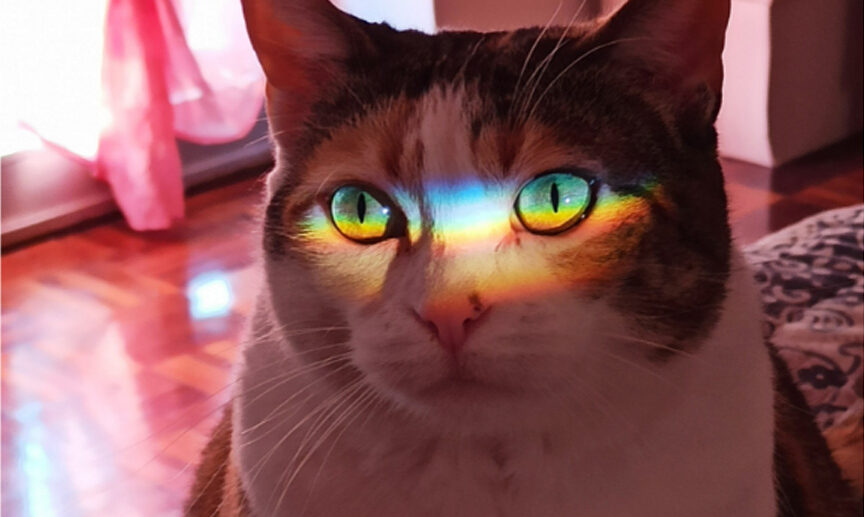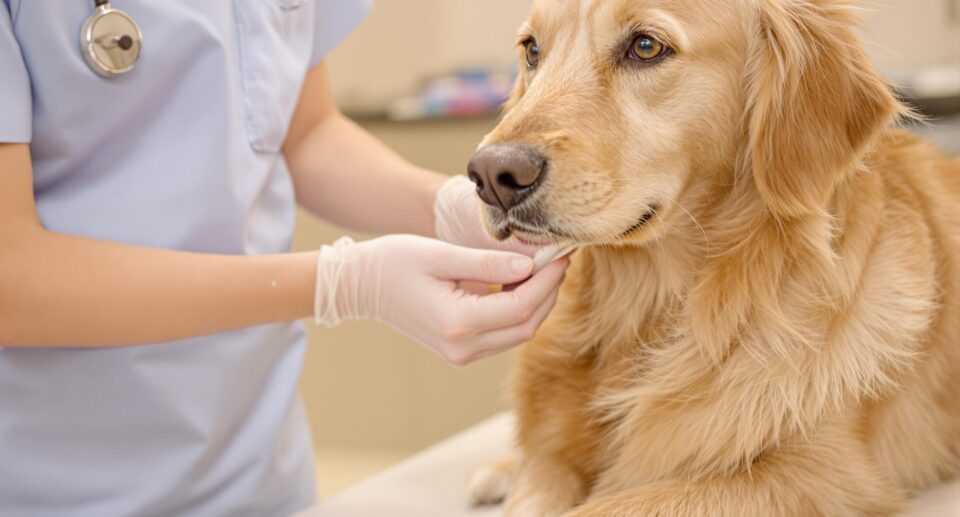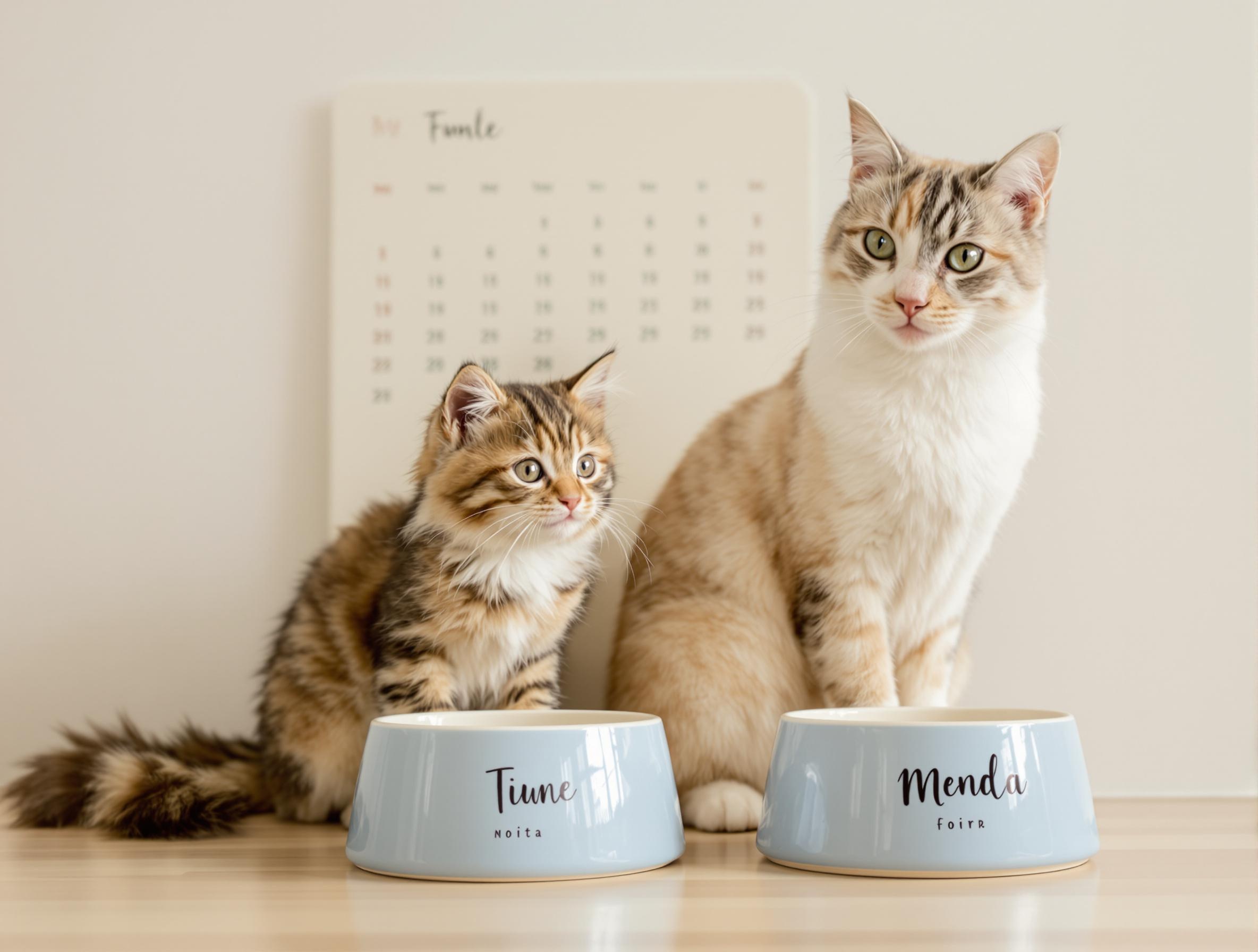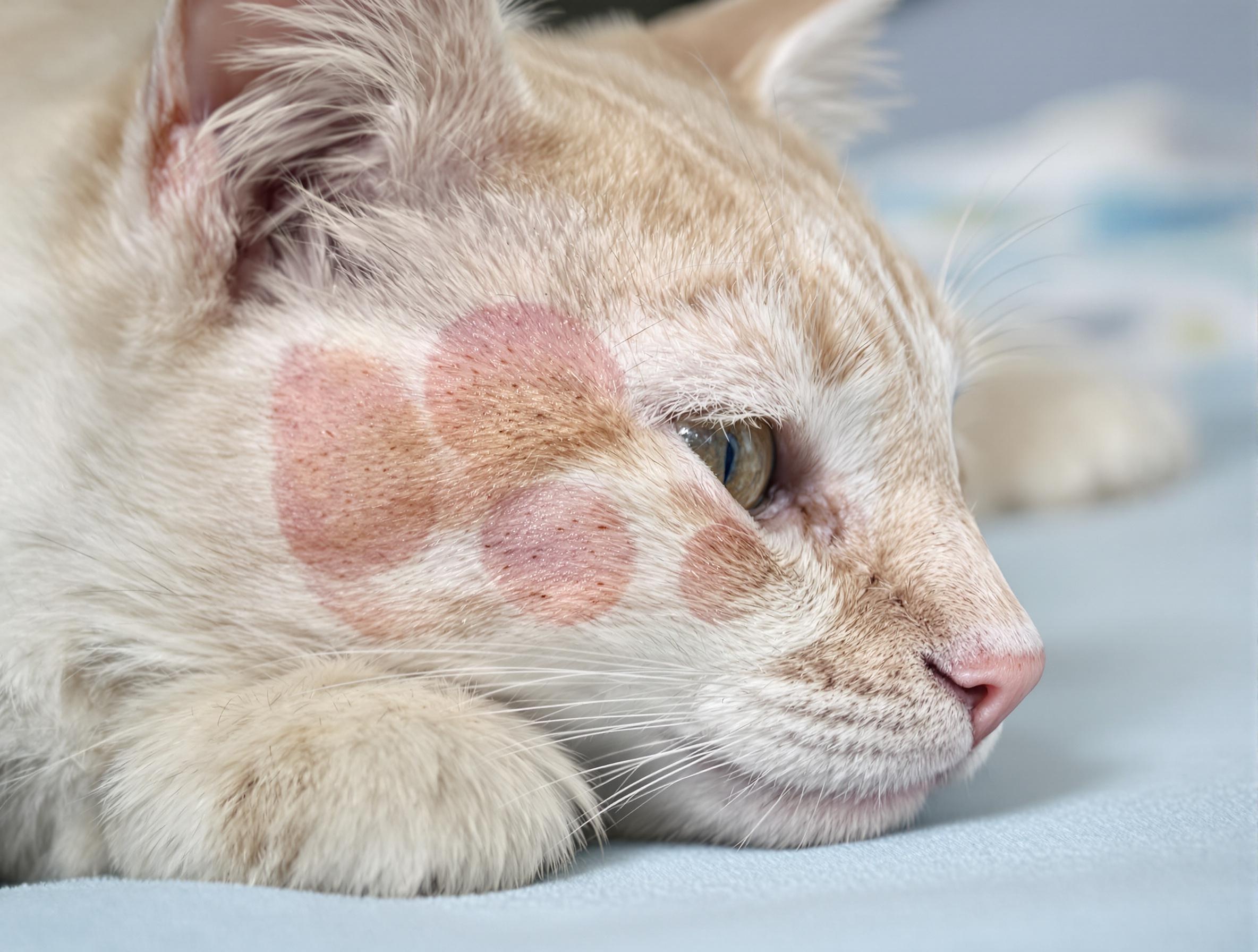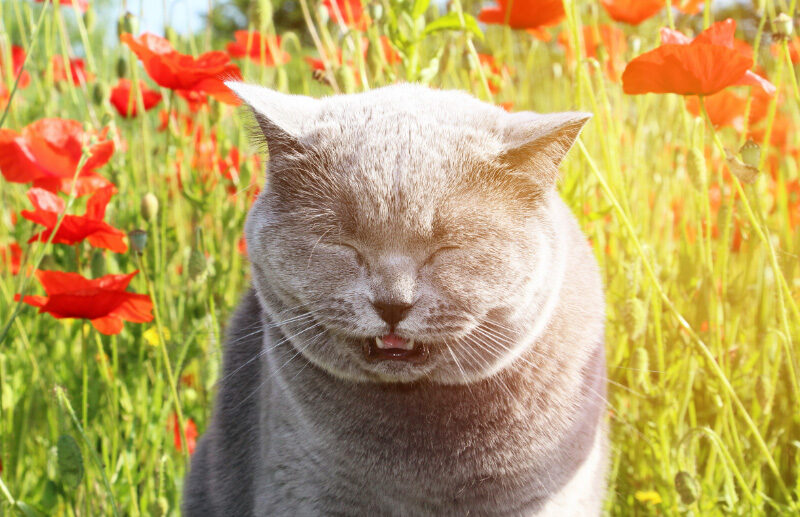
Key takeaways:
- Cat sneezing can be a common yet manageable occurrence, often triggered by environmental irritants or mild infections.
- Understanding the difference between harmless sneezes and signs of serious health issues, such as persistent sneezing with colored discharge or behavioral changes, is vital for timely veterinary care.
- Home adjustments, like air purifiers and employing pet-friendly cleaning products, can significantly reduce sneezing triggers and improve your cat’s respiratory health.
A sudden burst of air and a soft “huff” from your furry friend catches your attention—your cat is sneezing again. While cats sneeze for many reasons, from simple dust irritation to respiratory infections, knowing when these sneezes signal something more helps protect your pet’s health.
It’s easy to wonder if that sneezing fit is just a one-off or something more serious. When it’s paired with changes in your cat’s behavior or appetite, it’s worth paying closer attention. PetHealthMD understands the importance of telling the difference between a harmless sneeze and a sign of an underlying health concern.
Why cats sneeze
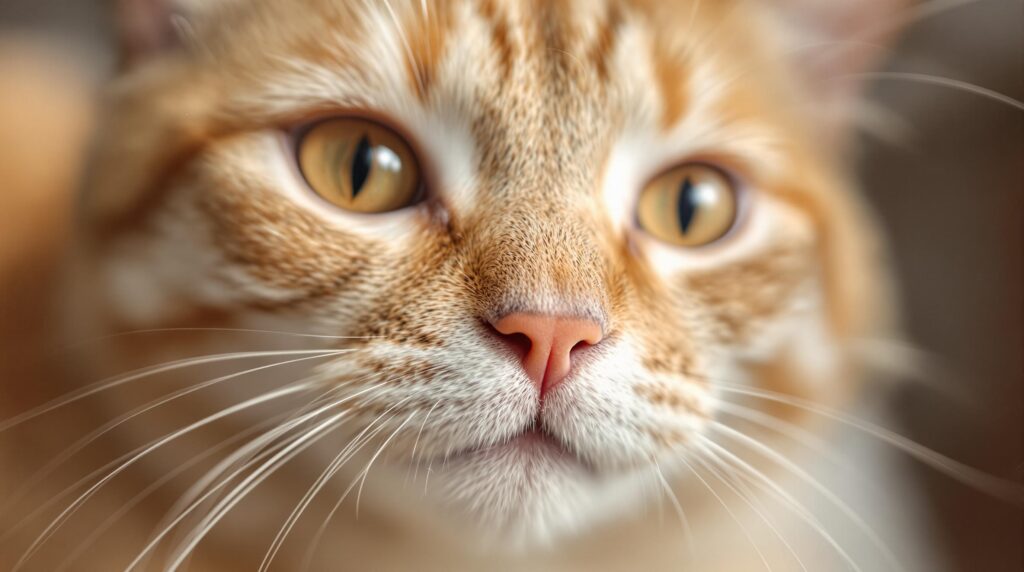
Your cat’s sudden sneezing might catch you off guard, but it’s often manageable. Sneezing in cats can stem from a wide range of causes, from harmless irritants to infections that require a vet’s care. Understanding these causes can help you know when it’s time to watch and wait, and when it’s time to take action.
Environmental irritants
Just like us, cats react to particles and chemicals in their surroundings. Common indoor irritants include:
- Dust and dust mites
- Mold spores
- Tobacco smoke
- Scented candles and air fresheners
- Cleaning products, even pet-safe ones
During the winter, when cats spend more time indoors, exposure to these irritants increases. Seasonal allergens—like pollen in spring or grass in summer—can also be tracked inside through open windows, shoes, or clothes, contributing to sneezing episodes.
Simple ways to reduce exposure include:
- Using a vacuum with HEPA filters to trap allergens
- Switching to pet-safe, fragrance-free cleaners
- Running air purifiers in your cat’s favorite spots
- Keeping windows closed during high pollen days
Infections
Sometimes sneezing isn’t just about dust. Upper respiratory infections are common in cats, especially in environments with multiple animals or recent stress.
Viral infections
Two common viruses behind sneezing in cats are:
- Feline herpesvirus (FHV-1)
- Feline calicivirus
These infections may come with other signs like watery eyes, clear nasal discharge, and reduced appetite. Many cats carry these viruses for life, with symptoms flaring up during stress or illness.
Bacterial infections
Bacteria can either cause respiratory problems on their own or worsen a viral infection. Signs may include:
- Thick, yellow, or green nasal discharge
- Fatigue and withdrawal
- Loss of appetite due to a blocked sense of smell
Kittens and senior cats are more vulnerable due to weaker immune systems.
Preventive steps include:
- Keeping up with a vaccination schedule
- Ensuring regular vet check-ups
- Maintaining clean air and a low-stress home environment
If your cat’s sneezing is frequent, or paired with appetite changes or lethargy, talk to your vet. They’ll help rule out or treat infections before they escalate.
The role of diet and nutrition in respiratory health
Your cat’s respiratory health starts in their food bowl. Just like us, cats need proper nutrition to maintain a strong immune system and help fight off pesky respiratory problems. A balanced diet gives your feline friend the building blocks they need to stay healthy, especially when dealing with sneezing or congestion.
Understanding what to feed your sneezing cat makes all the difference. Quality protein-rich foods support your cat’s immune system—in fact, cats need protein to make up a substantial portion of their daily nutrition.
Small changes to feeding habits can make your cat more comfortable during respiratory flare-ups. Try serving wet food at room temperature to enhance its aroma, making it more tempting for a stuffy nose. Keep feeding areas clean and dust-free, and always provide fresh water in a location away from their litter box.
For cats with ongoing respiratory sensitivity, divide their daily food into smaller, frequent meals to maintain steady energy levels throughout the day. If your cat shows signs of liver problems alongside respiratory issues, which can affect their appetite, make sure you take them to the vet right away.
Frequently asked questions about cat sneezing

Can cats be allergic to other pets or humans?
Yes, cats can develop allergies to dander from other animals or even proteins found in human skin cells. While less common than environmental allergies, these sensitivities can still trigger sneezing or mild respiratory symptoms. If you’ve recently introduced a new pet or family member and noticed an increase in sneezing, it may be worth discussing allergy testing with your vet.
Is it normal for a kitten to sneeze more often than an adult cat?
Kittens have developing immune systems, which means they’re more likely to catch upper respiratory infections, especially if they come from shelters or multi-cat environments. Frequent sneezing in kittens can be common, but it should still be monitored closely.
Can dental issues cause sneezing in cats?
Yes, dental disease—especially infections in the upper teeth—can sometimes affect the nasal passages. This is due to the close proximity of the roots of the upper teeth to the sinuses. If your cat has bad breath, drools, or seems reluctant to eat, along with sneezing, a dental check-up might be needed.
Does a cat sneezing mean they’re contagious to other pets?
It depends on the cause. If your cat has a viral or bacterial upper respiratory infection, it may be contagious to other cats, especially in shared spaces. However, these conditions generally don’t spread to humans or dogs. Keeping infected cats separated and washing hands between handling pets can reduce the risk of transmission.
How long should I wait before taking my cat to the vet for sneezing?
If sneezing is occasional and your cat eats, drinks, and plays normally, you can monitor them at home for a few days. But if symptoms last more than five to seven days, or include colored nasal discharge, lethargy, or appetite loss, it’s time to contact your veterinarian. Early intervention can prevent complications.
Should I stop using litter if it seems to make my cat sneeze?
Some litters, especially those that are heavily scented or create a lot of dust, can irritate a cat’s nose and cause sneezing. If you suspect the litter is a trigger, try switching to a low-dust, unscented formula. Track any changes in symptoms after the switch and talk to your vet if sneezing continues.
Ensure your cat’s respiratory health
Supporting your cat’s respiratory health is an ongoing journey that combines loving attention with professional care. When you notice changes in your cat’s well-being, especially signs like increased sneezing or discomfort, reaching out to your veterinarian helps ensure proper care.The good news is, you’re not on your own. PetCareRx makes it easier to support your cat’s respiratory health with vet-approved medications, supplements, and wellness essentials delivered right to your door.

